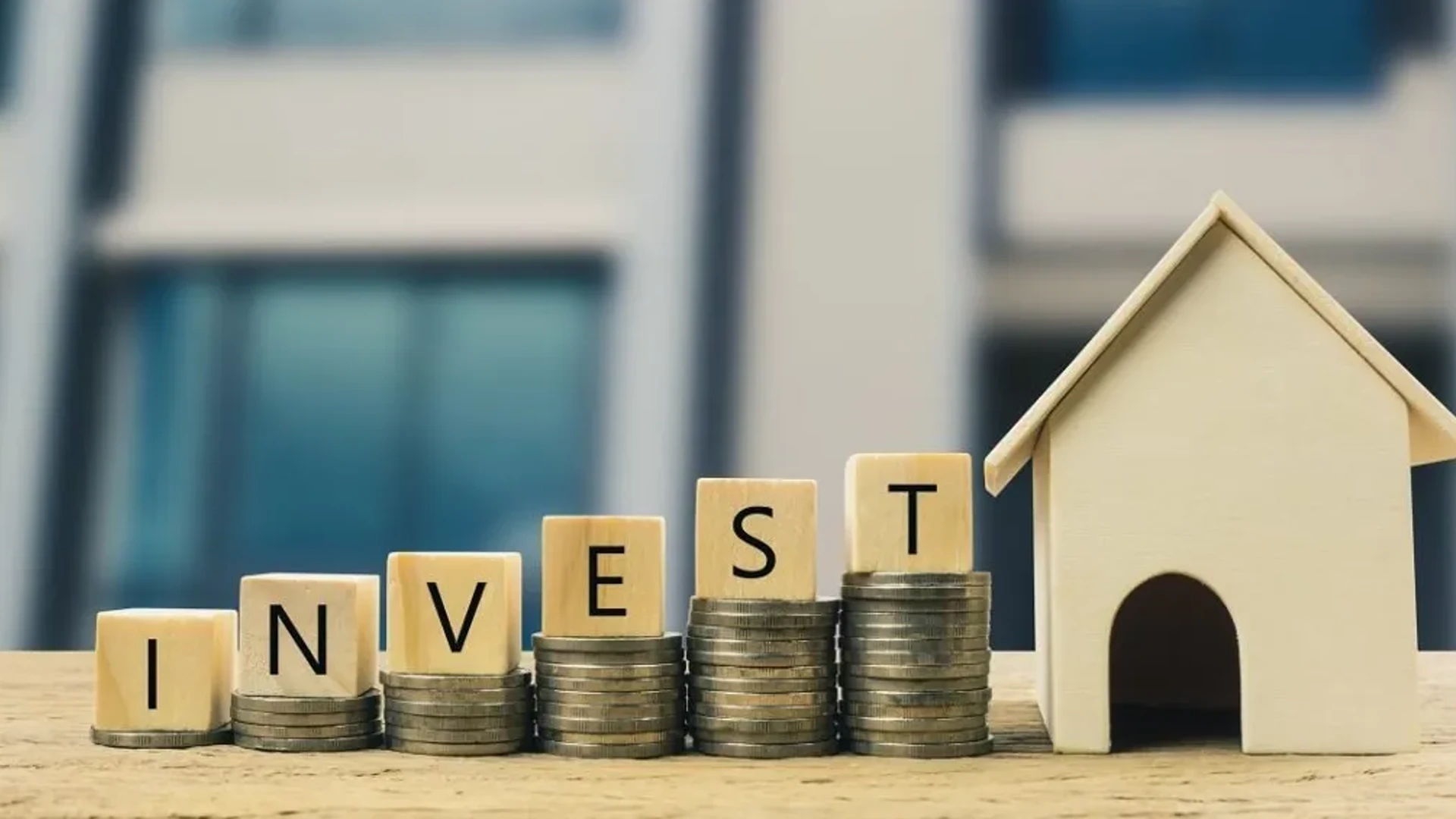Various investment options are available in the market. However, choosing the right one can be a challenge depending on your risk appetite.
If you have a low appetite for risk, investing in any and all kinds of assets may not be the best choice.
According to George Mitra, co-founder and CEO of Fintso, the maximum allocation in an investor’s portfolio should go to fixed income schemes due to the low risk appetite of the investor.”
He adds, “Within fixed income, the investor should consider allocating to short-duration schemes. Other asset classes, such as Gold and Global Investments, should also be part of the portfolio.”
1. Model Portfolios
Volatility is here to stay, says Mitra – “with uncertainties ranging from the Russia-Ukraine war and its effects on the supply chain to the rising inflation and the impact of monetary tightening across the world to the economic crisis affecting our neighbouring country.”
Experts suggest investors with a low-risk appetite tend to avoid allocating monies to equities due to the underlying volatility in equity.
An investor with a low-risk appetite should consider allocating 10-15 per cent of their portfolio to equities, provided they have an investment horizon for at least 3-years. However, while allocating to equities, Mitra points out, “one needs to be mindful of diversification within equity as an asset class. A portfolio diversified across sectors, themes, and market capitalization helps reduce overall volatility.”
When the portfolio is created, consider rebalancing every year. Each asset class’s risk and return profile varies according to market volatility. Portfolio rebalancing helps to realign the portfolio to a model portfolio, and this reduces the possibility of over- or under exposure to an asset class due to market movement.
2. Advised Baskets of Stocks and ETF
Invest in baskets instead of individual stocks or a group of random stocks. A basket is a collection of securities that trade as one portfolio.
Mitra explains, “The components of the baskets are selected based on a particular strategy or theme designed by the professionals. An investor can choose a pre-defined basket or create a custom one based on their preferences.”
A few baskets are illustrated below based on various risk-return profiles;
● Low Risk – Multi-asset Basket
Investors with a low-risk appetite can choose to invest in a multi-asset basket. Like equity, debt, and ETFs. Rebalancing this basket helps combat concentration and volatility risks, which helps to reach the goal.
● Medium Risk – Diversified Sector Rotation
A curated basket with a Sector rotation strategy would do very well in volatile conditions.
3. Global Investments
About half of all brands we know – whether Google, Meta, Apple, or Nike – are not based in India. Yet, she says, “we can participate directly in their growth.” Through Liberalized Remittance Scheme (LRS) investors can make international investments in global assets like shares, mutual funds, exchange-traded funds (ETFs), etc.”
However, instead of individual securities, it is advisable to invest for the long term in a basket of stocks or ETFs geared towards a particular theme or strategy. Experts say, even for an investor with a low-risk appetite, an investor can consider allocating around 10-15 per cent of the portfolio to global investments.
4. Corporate Fixed Deposits
Companies and NBFCs offer corporate fixed deposits as term deposits. “These FDs offer higher interest rates compared to savings accounts and bank fixed deposits and provide regular cashflows. One should invest in high-rated corporate FDs to reduce the credit risk.”
Benefits of these investment avenues;
- Low minimum investment value makes them best suited for retail investors
- Investments can be made via SIP route or lumpsum
- Since there are no lock-in periods, investors can withdraw funds as per their requirements.
